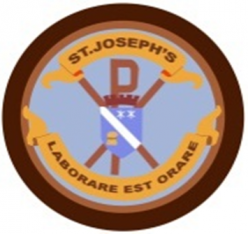Primary 6W have been using the laptops to research the cost of a holiday to the Caribbean. They have had to price flights, hotel and excursions for a family and work within a budget.
I can manage money, compare costs from different retailers, and determine what I can afford to buy.
MNU 2-09a


































